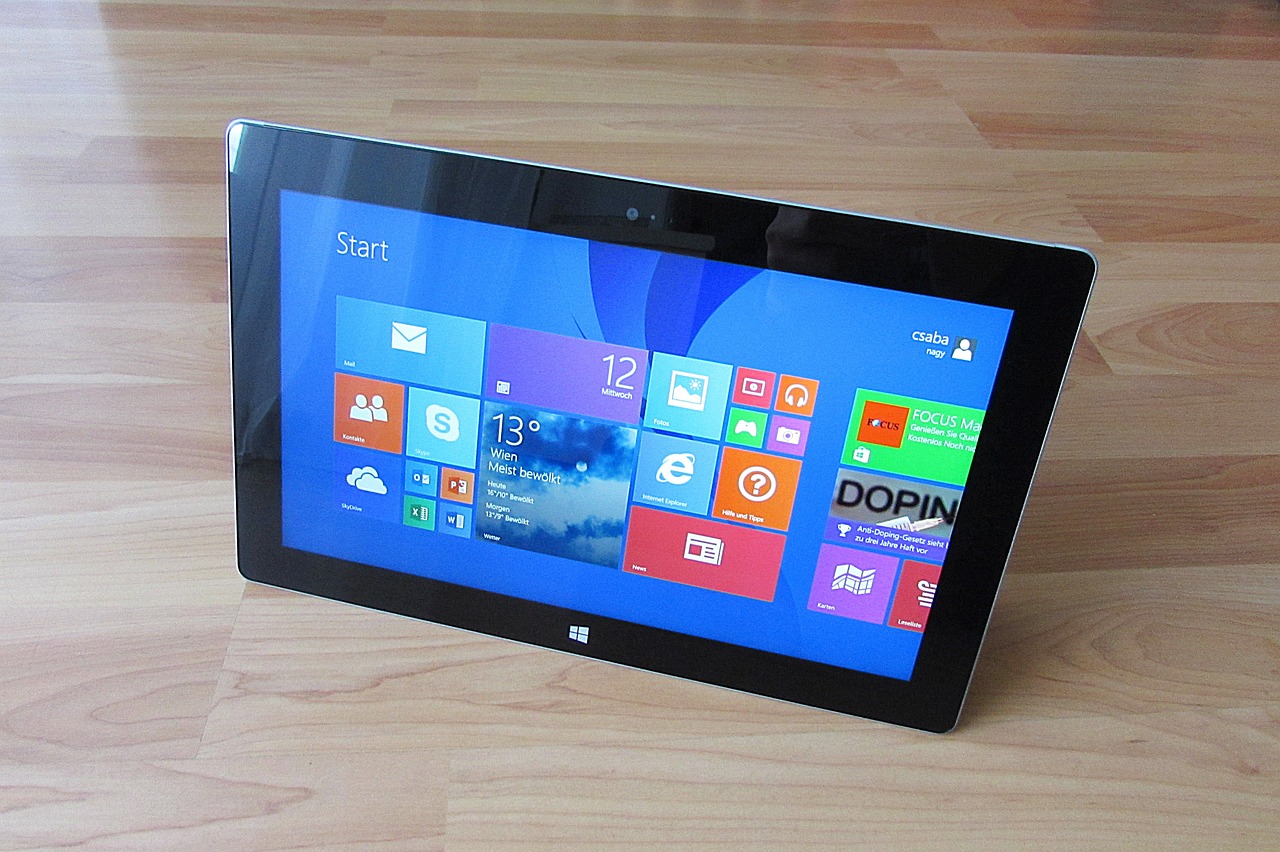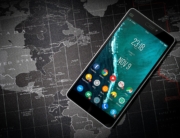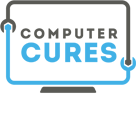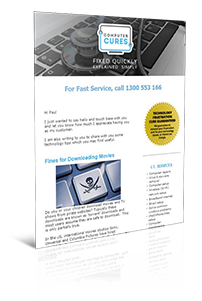Home / Handy Tips /

Released for sale to the general public in October 2012, Windows 8 was the successor to the very popular and successful Windows 7 operating system. Microsoft had high hopes for their new OS. Unfortunately, it largely met the same fate that Windows Vista suffered as a new release following the ever-popular Windows XP.
Windows 8 was an ambitious project on Microsoft’s part. The plan was to revolutionise PC operating systems and unify the desktop and tablet experience. However, the response from the public and IT professionals was underwhelming, the reaction mixed at best. Have you experienced Windows 8 firsthand?
This article is going to take a retrospective look back on Windows 8 to discover why it was such a polarising operating system, met with such a mixed reception. This includes its radical new interface, to its departure from traditional and familiar Windows features.
Radical interface changes
Launched with a colourful tile interface, this was a massive gamble, but one Microsoft felt compelled to take to advance the look, feel and usability of its operating systems. This vibrant new UI named Metro (initially) was like a screen filled with widgets. The classic Start Menu and Start Button were no more, with the focus being on a touchscreen interface. While this would be fine for those wanting a touch-first experience, it didn’t sit well with the majority of PC users working with a keyboard and a mouse to interact with Windows.
Of course, it wasn’t Microsoft’s intention to confuse or alienate fans of its operating systems. The company’s goals were quite the opposite. The plan was to innovate and create a system that could evolve with the changing technological landscape and the way users interact with modern technology. Unfortunately, though, for the vast majority, all these interface changes merely led to frustration and confusion.
In its defence, Microsoft did provide a “Desktop Mode”, where users could switch the interface back from the touchscreen widget-like model to a more familiar desktop experience with all the programs we’ve come to expect. However, even in Desktop Mode, Windows 8 was just all round awkward to use.
User experience and feedback
Many casual users, power users and businesses considered the layout and concept behind Windows 8 a step too far, a gap too wide to bridge. With this OS being so far removed from its predecessor, Windows 7, feedback on the new operating system was mostly negative. While users could see what Microsoft was trying to accomplish, it just wasn’t user-friendly. In fact, one critic even labelled it as a “design disaster”. Others stated that it had very few clear benefits over Windows 7 and a lot more negatives. It was largely a memorable OS release for all the wrong reasons.
Not all user reviews of the original Windows 8 were negative though. Let’s highlights some thoughts on this OS from casual and power Windows 8 users:
- Some power users actually quite enjoyed the new UI and features. One reviewer declared the new interface the best ever and praised Windows 8 for being a fast operating system to load.
- The learning curve, particularly for inexperienced computer users, proved to be too great for some, and slow on the uptake for others.
- One user complained that the new interface lacked logical information compared to Windows 7, and that switching between tiles sometimes interrupted running applications, such as stopping music that was playing.
- Another power user stated the new look of Windows 8 was a refreshing change and found it visually dynamic. However, the same individual also lamented that there was often confusion and conflict when attempting to switch between the dual interfaces of the Metro UI and Desktop Mode. This often impacted productivity.
- Yet another reviewer loved almost everything about Windows 8, with his only gripe being that in order to use all of the Windows 8 products, you had to pay for them.
The response to criticism
While Windows 8 was largely criticised across the board, in fairness, Microsoft did listen. A year later the company launched a revamped version of the OS, Windows 8.1. The goal was to address the key issues and complaints about the previous version. Unfortunately, some of the shortcomings were poorly addressed, or not fixed at all.
Microsoft reinstated the Start Button on the TaskBar, but users were still required to be in Desktop Mode to access it. While the return of the Start Button and a few other features were a step in the right direction according to many users, Microsoft persisted with their Metro UI and tiled interface. The core issues found in the original Windows 8 were not really addressed in the revamped 8.1. The new version felt like a half-hearted effort to iron out the bumps with a hasty release.
Pushing boundaries
While the release of Windows 8 was jarring for many PC users, Microsoft did attempt to push the boundaries of innovation. The company was correct in its vision that tablets would remain popular and the need for logical and intuitive interfaces that were tablet-friendly were important moving forward.
A balance between the old desktop-friendly design and the modern design wouldn’t fully be achieved until the release of Windows 10. And with the release of Windows 11, all signs of the Metro UI are gone.
Windows 11 has been well-received by casual computer users, power users and businesses alike. If you’re still running an older version of Windows (perhaps even Windows 8), then you’ll seriously want to consider upgrading to Windows 11.
Need help upgrading your PC to Windows 11?
If you need help upgrading your PC from an older version of Windows to Windows 11, trust the team at Computer Cures to handle it for you. We guarantee a seamless transition to the new operating system, without any danger of you losing your precious files or data. We can also help you out with general computer repairs and other upgrades, so get in touch today.




Leave A Comment